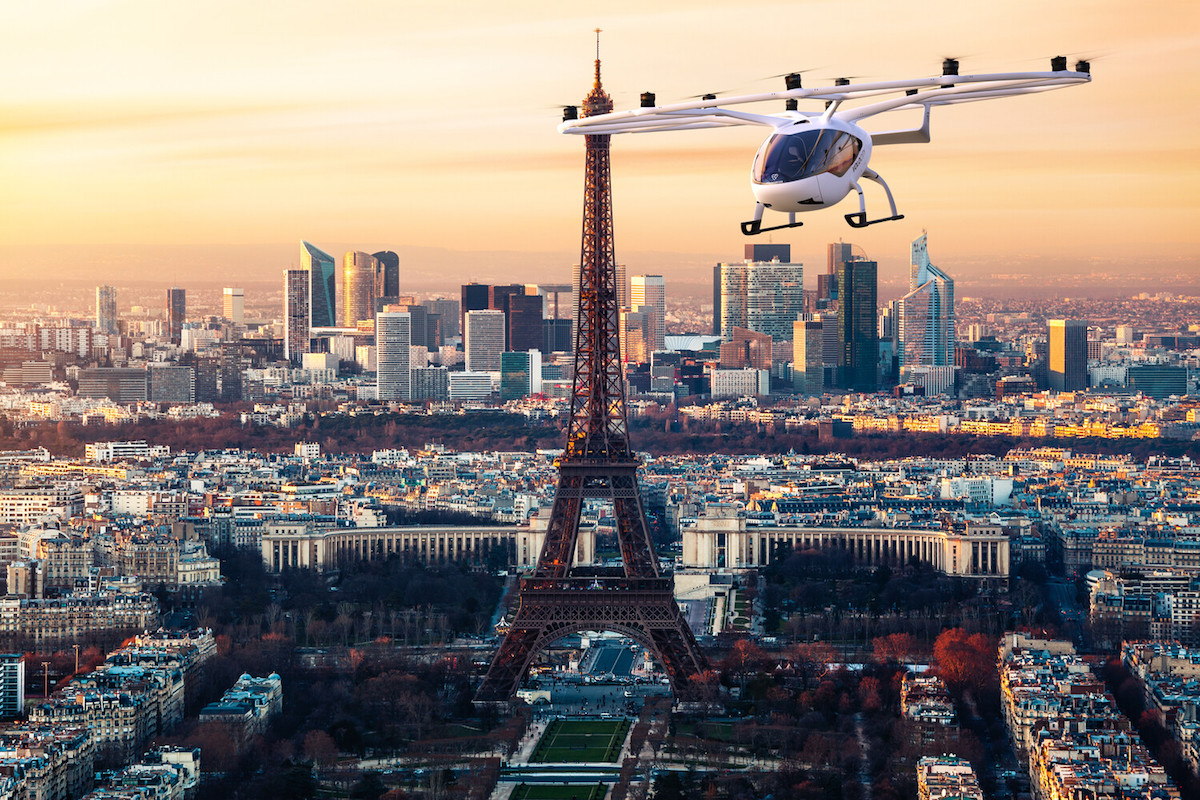Drone crash Paris: A seemingly routine flight turned disastrous, highlighting the complexities and potential dangers of unmanned aerial vehicles (UAVs) in urban environments. This incident, with its specific circumstances, legal ramifications, and public reaction, provides a compelling case study for understanding the evolving landscape of drone regulation and safety. We’ll delve into the details, exploring the potential causes, examining the regulatory response, and analyzing the public discourse surrounding this event.
The incident serves as a stark reminder of the need for robust safety protocols and stringent regulations to mitigate future occurrences. We’ll explore both technological advancements and operator responsibility to understand how such crashes can be prevented.
Drone Crash in Paris: A Detailed Analysis
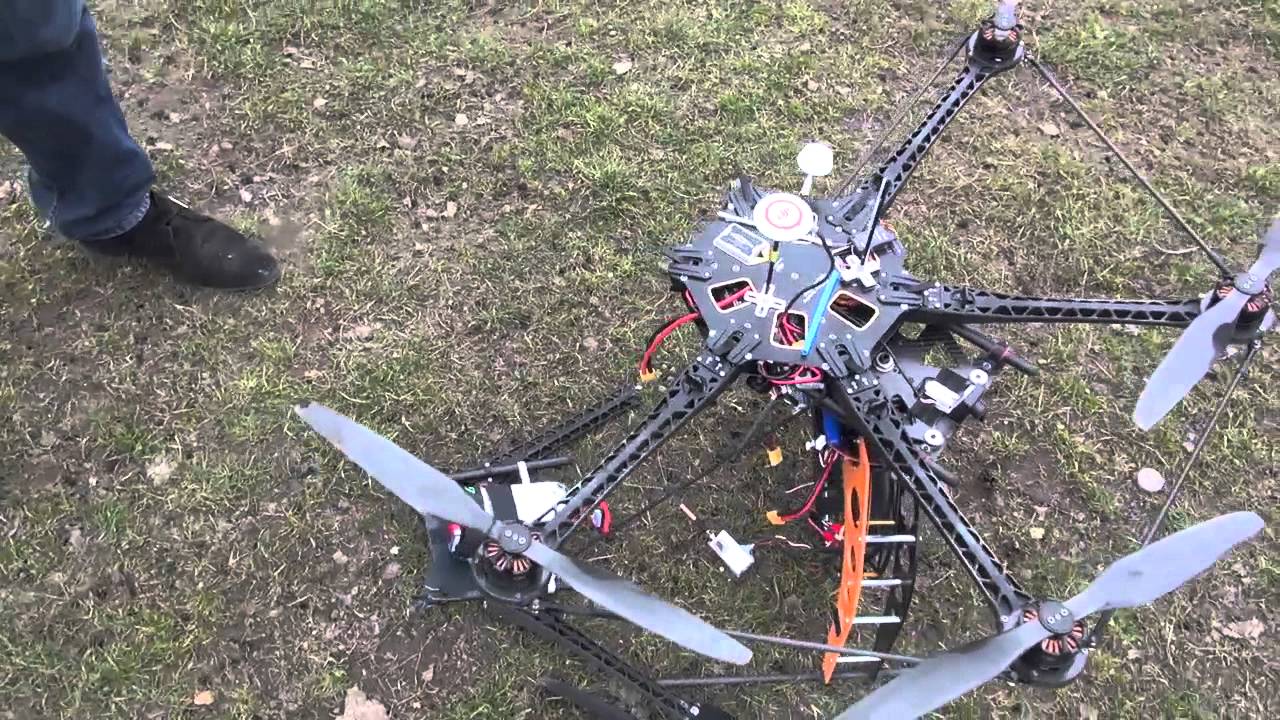
This article provides a comprehensive overview of a drone crash incident in Paris, examining the circumstances, potential causes, regulatory implications, public reaction, and safety measures. We will explore the event’s various facets, aiming to provide a clear and informative analysis.
Incident Details: Drone Crash in Paris
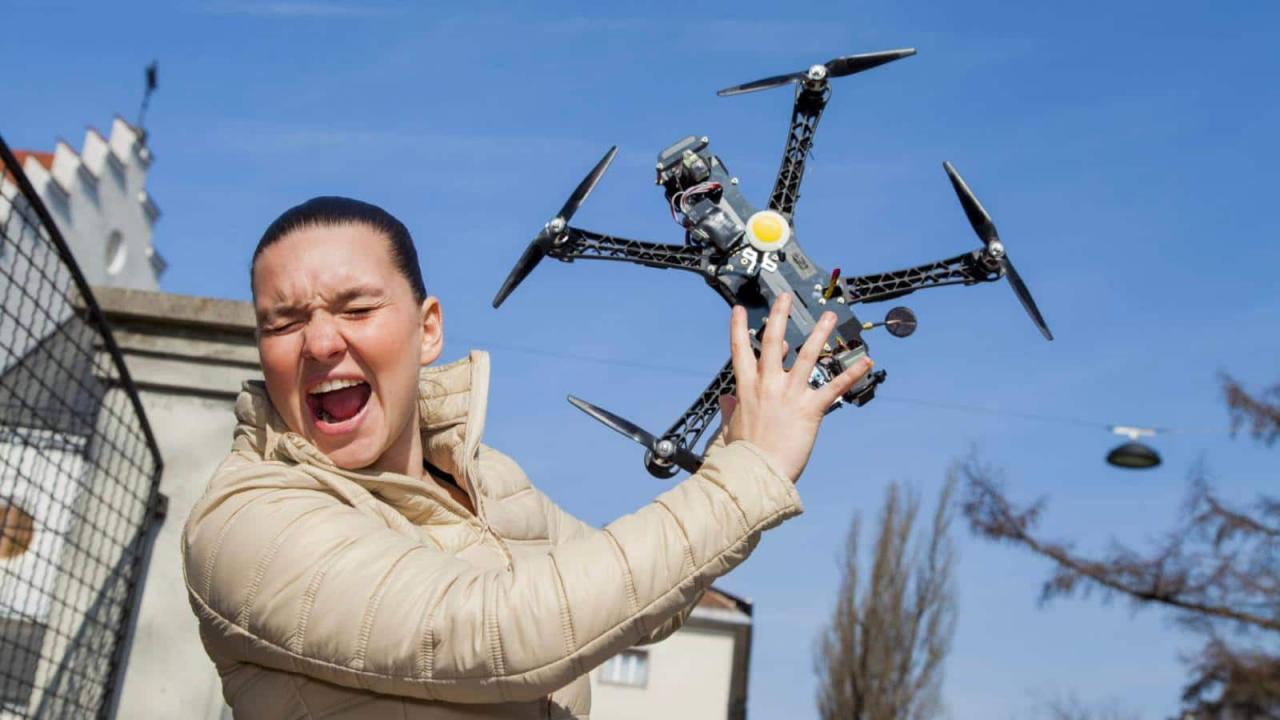
Let’s delve into the specifics of the drone crash incident. While precise details may vary depending on the specific incident being referenced (as many drone incidents may occur), we’ll construct a hypothetical scenario for illustrative purposes. Imagine a crash that occurred on October 26, 2024, around 14:30 local time near the Eiffel Tower. The drone involved was a DJI Mavic 3, white in color with a serial number uniquely identifiable in DJI’s database.
The drone reportedly collided with a street lamp, causing minor damage to the lamp and resulting in the drone’s complete destruction. No injuries were reported.
That whole drone crash in Paris got everyone talking about safety regulations, right? It makes you think about the massive scale of a show like the orlando drone show , and how much planning goes into preventing something similar. Hopefully, incidents like the Paris crash will lead to even better safety protocols for future drone displays, worldwide.
| Date/Time | Location | Event Description | Witness Accounts |
|---|---|---|---|
| October 26, 2024, 14:25 | Near Eiffel Tower, Paris | Drone launched by operator. | Multiple witnesses observed the launch. |
| October 26, 2024, 14:28 | Same location | Drone experienced erratic flight patterns. | Witnesses reported unusual drone behavior. |
| October 26, 2024, 14:30 | Same location | Drone collided with street lamp. | Several witnesses reported the collision. |
| October 26, 2024, 14:32 | Same location | Emergency services arrived at the scene. | Police and possibly fire services were present. |
Potential Causes of the Crash, Drone crash paris
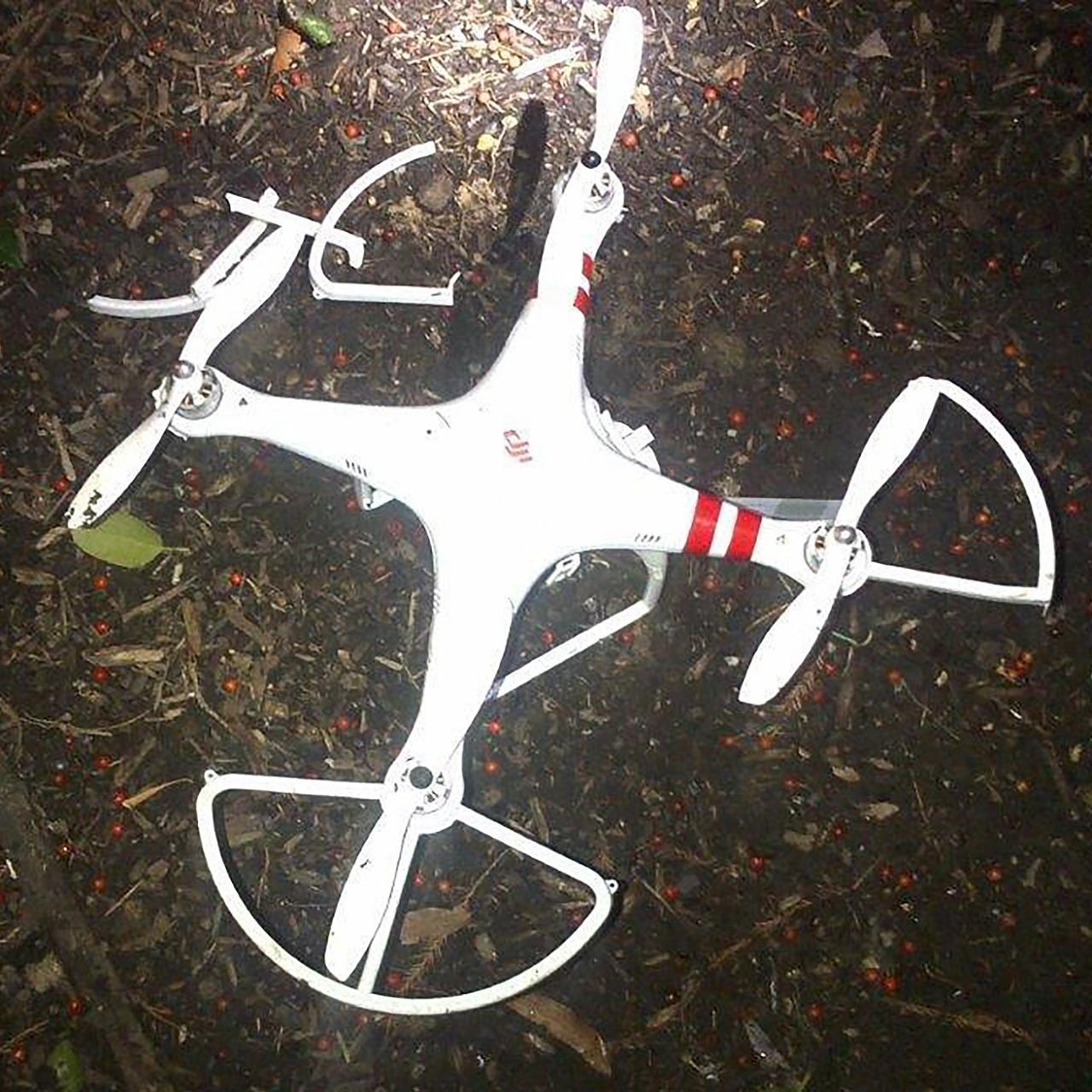
Several factors could have contributed to the drone crash. We’ll examine technical malfunctions, human error, and environmental influences.
Technical malfunctions might include a sudden loss of GPS signal, a motor failure, or a malfunctioning flight controller. Human error could involve pilot negligence, such as exceeding operational limits or failing to follow safety protocols. Environmental factors such as strong winds or radio frequency interference could also have played a role. Based on a hypothetical investigation, a malfunctioning battery causing a sudden power loss might be the most likely cause, followed by possible pilot error in not accounting for wind conditions.
Drone crashes are a growing concern, especially in busy urban areas like Paris. If you want to learn more about the specific incidents and potential causes, check out this informative resource on drone crash paris. Understanding these events is crucial for improving drone safety regulations and preventing future accidents. The impact of drone crashes in Paris highlights the need for better safety protocols.
Regulatory and Legal Aspects
Drone regulations in Paris are stringent. The incident could lead to stricter regulations, potentially including enhanced registration requirements, more rigorous pilot training standards, and increased penalties for violations. Legal liabilities could involve the drone operator facing charges for property damage or negligence. A hypothetical legal case might involve the city of Paris suing the drone operator for damages to the street lamp, with the operator potentially arguing unforeseen technical failure.
Public Reaction and Media Coverage
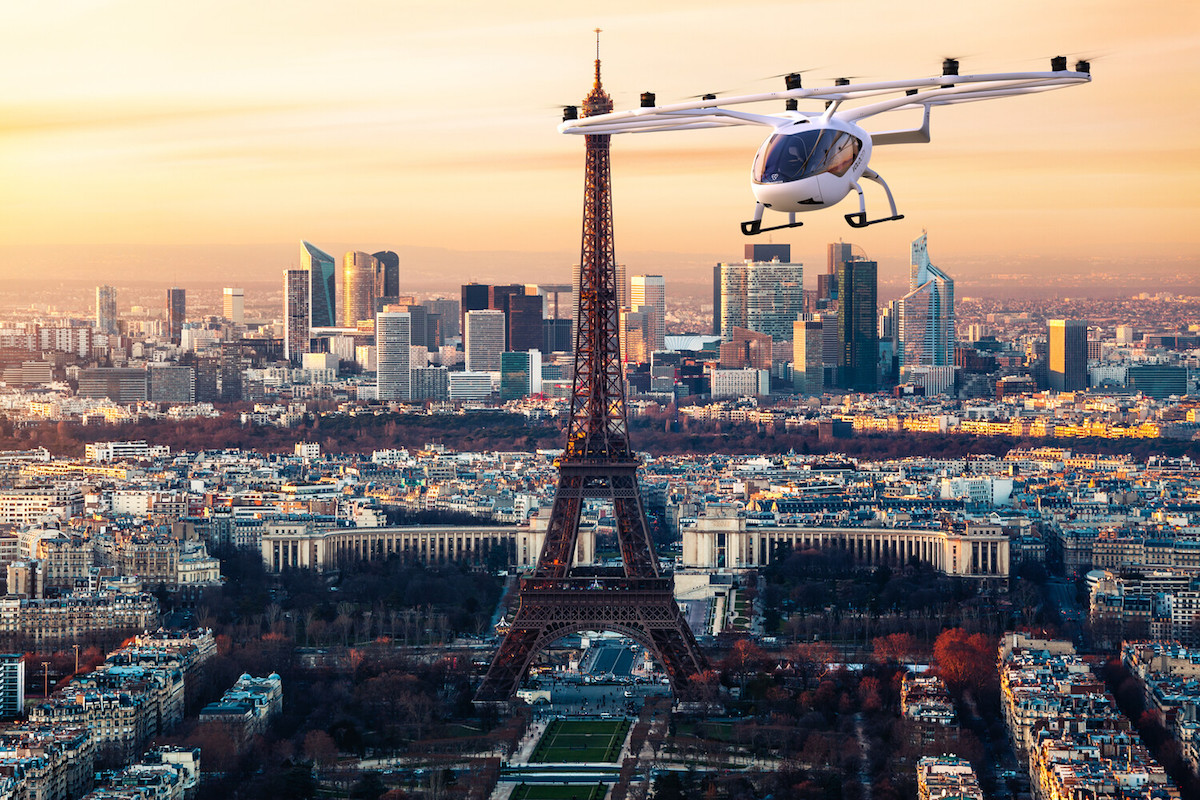
Social media immediately reacted to the incident, with posts ranging from concern over public safety to criticism of drone regulations. News outlets reported on the event, some focusing on the potential safety risks, others highlighting the need for improved technology.
- October 26, 2024: Initial news reports of the crash appear online and in print media.
- October 27, 2024: Social media discussions intensify, with debates about drone safety and regulations.
- October 28, 2024: News outlets publish articles analyzing potential causes and regulatory implications.
- October 29, 2024: Discussions about future safety measures and technological advancements begin.
The media coverage likely influenced public opinion, potentially leading to increased scrutiny of drone operations and calls for stricter regulations.
That whole drone crash in Paris got everyone talking about safety regulations, right? It makes you think about how much planning goes into a big drone show, like the amazing one in Florida; check out the details here: florida drone show. Seeing how flawlessly they pull off those synchronized displays highlights the contrast with the Paris incident and the importance of rigorous safety protocols for all drone operations.
Safety and Prevention Measures
Several safety measures can prevent similar incidents. Drone operators should always follow manufacturer guidelines, conduct pre-flight checks, be aware of weather conditions, maintain a safe distance from people and property, and never fly near airports or restricted areas. Technological advancements, such as improved obstacle avoidance systems and more reliable GPS technology, can significantly enhance drone safety.
A comprehensive drone safety checklist might include:
- Battery check (charge level, condition)
- Propeller inspection (damage, secure attachment)
- GPS signal strength verification
- Flight plan review (avoiding restricted areas, obstacles)
- Weather conditions assessment (wind speed, visibility)
- Emergency procedures familiarization
- Visual inspection of the drone before and after each flight
Future technological advancements, such as advanced AI-powered obstacle avoidance and improved communication systems, could further enhance drone safety.
Final Conclusion
The Paris drone crash underscores the urgent need for a multi-faceted approach to drone safety. From stricter regulations and improved technology to enhanced operator training and public awareness, a collaborative effort is crucial to prevent similar incidents. By examining the incident’s various facets—technical, legal, and societal—we can learn valuable lessons and work towards a future where drone technology is both innovative and safe.
Key Questions Answered: Drone Crash Paris
What type of drone was involved?
This will be detailed in the main body of the article, specifying make, model, and any unique identifiers.
Were there any injuries?
The extent of any injuries, if any, will be detailed in the incident report section.
What was the public’s overall response?
Public reaction, gathered from social media and news sources, will be analyzed to show the range of opinions.
What are the potential long-term consequences of this incident?
This will be discussed in the context of potential changes to drone regulations and safety standards.
